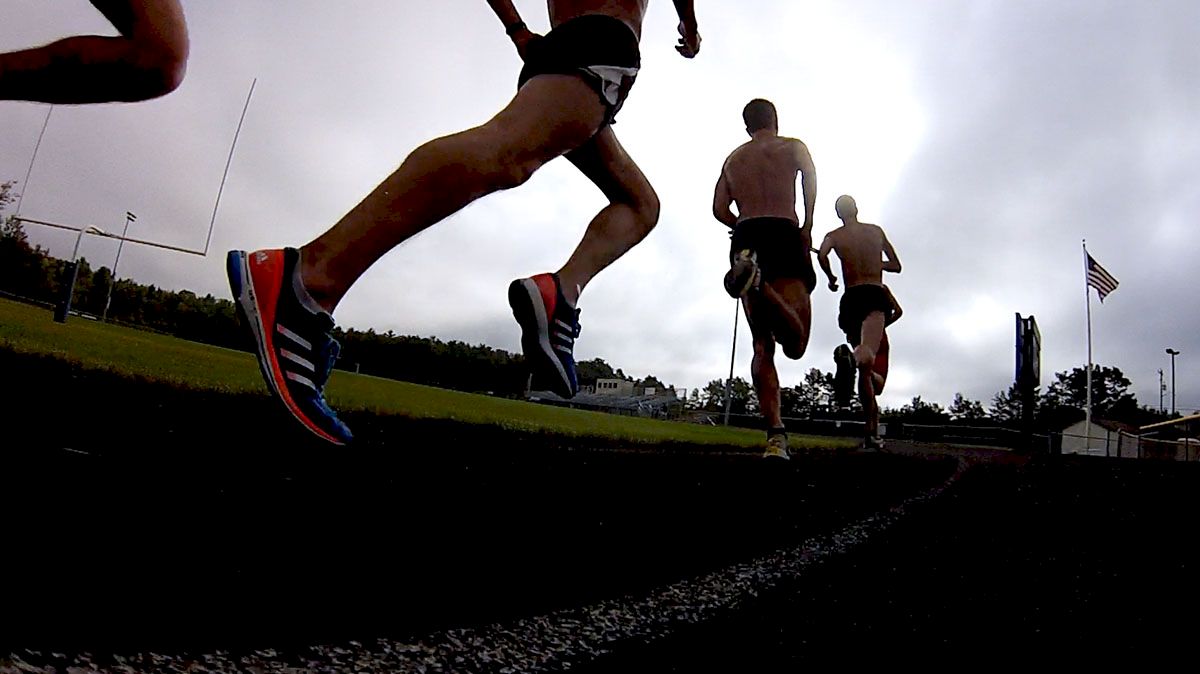Breaking Apart The Weeks by Danny Mackey M.S.
Breaking Apart The Weeks by Danny Mackey M.S.

Hello everyone. Before I get into this article I want to apologize for the large time gap in articles (not sure anyone even noticed/cared), but I have a good excuses. First, the 9-5 has been insanely busy; I have the “Work to live”, not “Live to work” philosophy. On the other hand, being a hardworking, bullheaded runner like some of you, there is a time to apply that athlete mindset and just get everything done, even if it takes 14 hours a day (multiple days in a row). Plus in this economic climate, just having a job is a blessing. The second excuse is more pertinent to Flotrack, though not in a positive way. I have been injured for 12 weeks with an Achilles problem. After seeing every specialist in Portland ranging from P.T.’s to D.O’s, to Western D.R.’s, to Eastern medicine doctors…..I am not healthy and this past week I found out the Achilles might be very seriously injured. As I type this I am waiting to hear back from the MRI report, so to say the least, just thinking about track and field is painful.
So, anyway..…one of my best friends has been struggling in racing -and not sure why- so I have been researching the biochemical side of training to find some answers. What I am finding is interesting -on top of confusion- but there is useful information I hope you all can think about. Beginning with why it is beneficial to break apart a week training wise into microcycles.
Microcyles for distance runners usually are over a seven day period. If you are developing your own plan or coaching someone else, you will want to think about the ratio between training time and rest hours so your body is ready to go for the next cycle. This way you get the most out of your workouts and you are “more fit” for the next cycle or race. The secret is to establish the borderline between dangerous exhaustion and the optimal stimulation of the adaptation process. Do you remember the book “Running with the Buffalos”? I always think about when Coach Mark Wetmore talks about going to Edge City in training here…
There was a study done by Viru et al. in 1988 looking at the hormonal effects of training that helps highlight some important points. These graphs are from a group of distance runners over a 12 day period. They show changes in blood levels of cortisol and growth hormone. The researchers only measured the post workout levels for 10 days, which is why you only see morning levels taken on day 11 and 12. These hormones have huge implications for all track and field athletes. (It should be noted for the non-distance runners that might be reading here, these findings have direct relevance to your events.)
Cortisol is a hormone secreted by the adrenal glands and high levels can be associated with decreasing bone density, muscle tissue and weak immune system. It is typically named the “stress hormone”, and we see it elevated after strenuous exercise because cortisol helps the body use sugar and fat for metabolism. We workout hard, we need more energy… Cortisol also follows a diurnal rhythm, so it is typically elevated in the morning, and then drops during the day (assuming no exercise or mental stress to kick it back up).
Growth hormone (GH) is one you all have probably heard of recently from the cheaters that are finally getting caught. GH comes from the pituitary gland, and it does what the name says; increases cell size and it evens spares proteins by slowing protein breakdown.
There are other hormones researched in this study but I did not want to make this any denser then needed. Plus, I should reference the exercise physiologist and my coach, Sean Coster here; because he brought the good point to me that many many hormones do different things and interact in ways we do not understand. So basically hormone A + hormone B = does not always equal the same body reaction!
Ok, so what do these charts mean to your training? If you keep exercising without a recovery day to two, you will feel good for a while; GH is elevating after each workout. Think back to the first few days when practice starts up each year… by the end of the first week you are thinking nothing but PRs, you are superman (or superwoman). Then you start to feel a little weak by the next week…..look at the resting levels of cortisol, in the background they are going to work. Getting after it day in and day out may lead to a decrease in protein synthesis and you begin to break down. Instead of thinking you are getting out of shape, and feeling like you need to go harder, take a step back. Break apart your week, your month, and look at the big picture. Living in Edge City is tricky, and you only get the most out of training hard by spending a few days relaxing in the park.